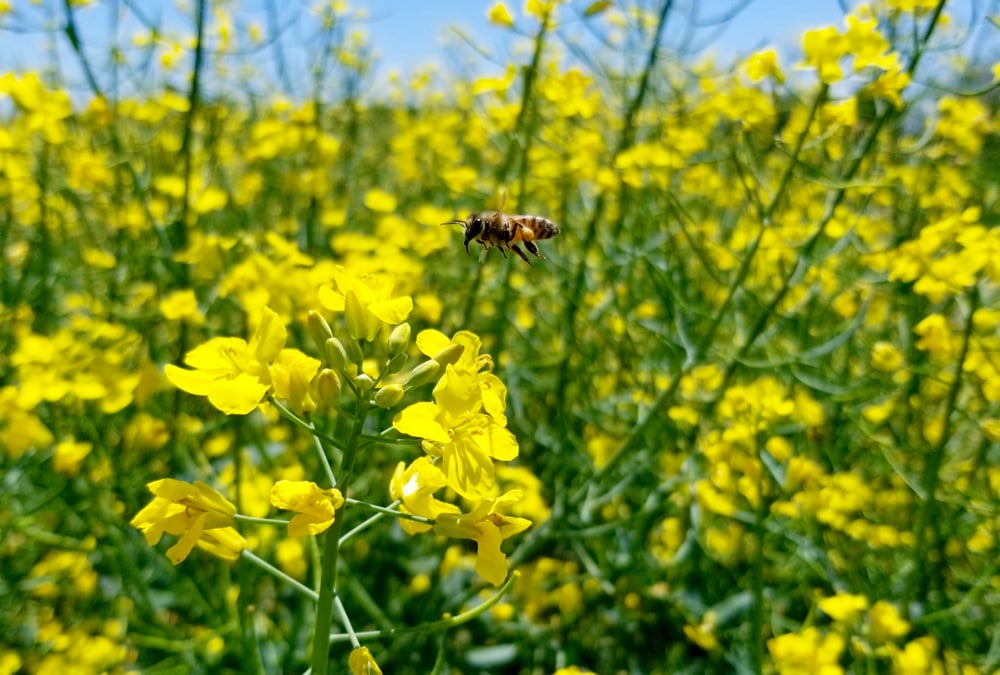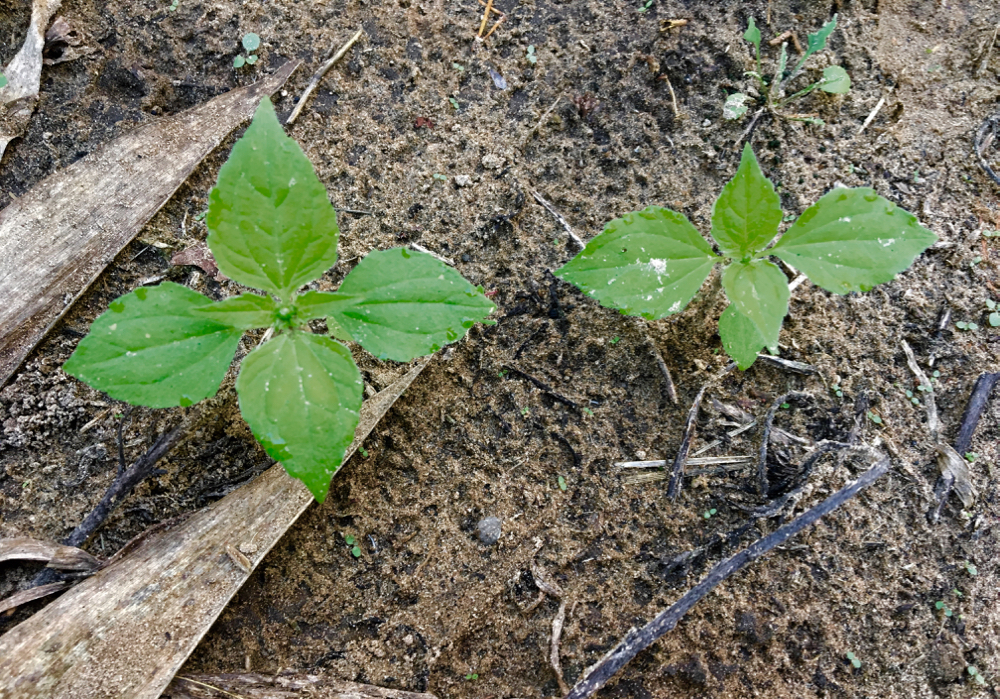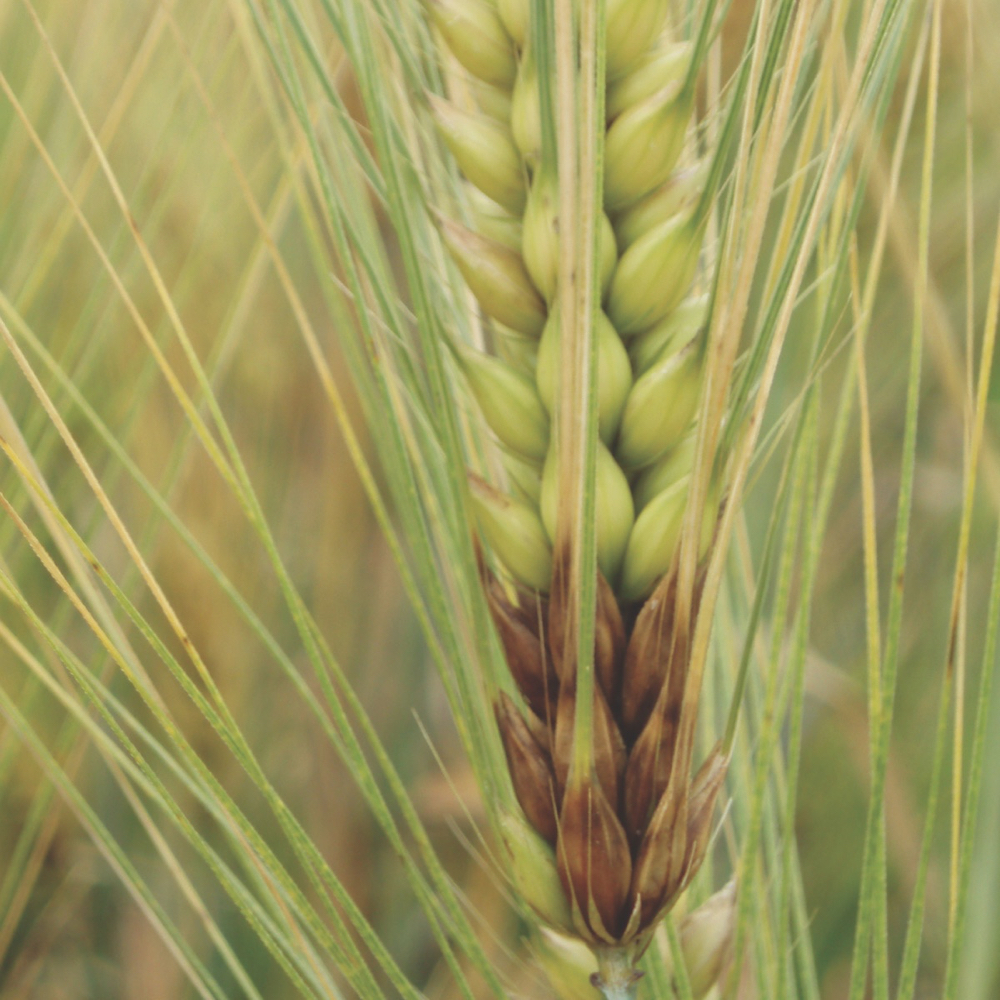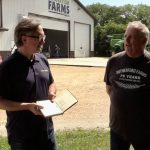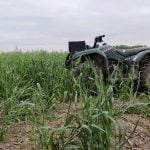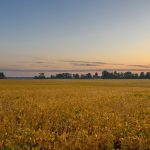Agriculture often has to take a look back in order to see what’s ahead. Farmers do it with their cropping plans and seed orders. Retailers and suppliers do it too, using the previous year’s experience to improve in the year ahead.
Now the food-grade soybean sector is embracing the same strategy. Thanks in part to a federal research grant and the participation of three industry partners, researchers at the University of Guelph will identify the most desirable traits from past and present varieties, and build a process for incorporating them into future seed.
Read Also

Agronomists share tips for evaluating new crop products and tech: Pt. 3
With new products, new production practices and new technology converging on the agriculture industry at a frenetic pace in recent…
The Guelph team is led by soybean breeder Dr. Istvan Rajcan with grants from the Natural Sciences and Engineering Research Council through its Collaborative Research and Development fund (NSERC-CRD). Other members of the team include research associate Chris Grainger, PhD candidate Robert Bruce, Dr. Milad Eskandari from Guelph’s Ridgetown Campus, and Dr. François Belzile from Laval University.
In today’s environment, if a researcher has industry support, they can leverage matching federal dollars. “And that’s what we did,” says Rajcan. “We worked on that idea for a couple of years and tried to find partners within the industry who were willing to support it, and we were successful.”
The result is a four-year program, with support from Grain Farmers of Ontario (GFO), SeCan and Huron Commodities Inc.
In all, Rajcan and his colleagues have received nearly $2 million in government and industry support, with more than $500,000 from the three industry partners.
The project is looking into the genetics of various important traits for soybean breeders. Food-grade is the primary focus at this stage, and the reason is simple: the private sector is turning out new crush varieties, but the food-grade side is largely dependent on public breeders, and varieties such as OAC Bayfield, OAC Kent, OAC Wallace and OAC Prudence are all examples of the success of programs at Guelph and the university’s Ridgetown Campus.
Lots of variation, lots of lines

In this second year of the project, work is proceeding from a historical perspective. Most of the first accessions — the ancestral lines — of soybeans grown in North America originated in Asia, specifically China, Japan and Korea. Those first lines are still the foundational genetics used in soybean breeding programs across the continent. By Rajcan’s calculations, 35 ancestral lines account for about 90 per cent of the genetics in Canada and the U.S.
Fortunately, there’s considerable diversity within those 35 lines, and a lot of the diversity has been already utilized in the breeding of some 300 lines, representing commercial and experimental cultivars, says Rajcan. “About two-thirds of those 300 lines come from the Guelph program and one-third are from the Ridgetown program.”
The next stage is very scientific. Rajcan’s PhD student is working on genotyping those 300 varieties using sequencing methods. That creates a lot of molecular marker data to characterize those lines genetically and look for differences between them. Researchers are also comparing those genetic variations with the phenotypic differences to identify desirable traits such as yield, oil content, protein content, fatty acid profile and isoflavones.
Ultimately, it’s hoped the research will identify those similarities among the best performers, with a final goal of incorporating those common traits into superior-performing varieties.
“Once we figure out what is common for each trait, then we can build this new strategy of incorporating everything that’s positive for various traits into new varieties that would be superior for more than one trait,” says Rajcan.
Early in the process
For the time being, this research is at a type of “search and discovery” stage, with the end-goal of having a better genetic toolbox for Canadian soybean breeders when its four-year run is complete. That would give them the molecular markers that are important for developing a high-yield, superior quality variety. And Rajcan emphasizes that he and his colleagues are looking to improve everything, not just yield: specific qualities and even disease resistance traits are under consideration.
“Some researchers would refer to this as a certain kind of pedigree-based association mapping,” Rajcan says. “And I’m aware of the private seed sector conducting association mapping studies, but I’m not sure if they’re looking at a historical perspective as much as we are. The benefit of looking at it from a historical perspective is that we can see what changes in the genome have led to certain changes in the phenotype of the plant.”
As it stands, public and private sector breeders have different objectives that can vary greatly. The private sector wants to quickly produce new varieties with a focus on improved traits. The public sector breeding programs on the other hand, focus primarily on specific traits, often related to those properties most desired within the food-grade sector, and usually sought-after by the food processors and manufacturers. It’s a part of the food-grade industry that’s of particular interest to the Grain Farmers of Ontario. For years, GFO directors and executives have been advocates for more value-added opportunities to boost net grower revenues.
“When you’re looking at food-grade, it’s a market-driven entity, so the customer gets familiar with the variety, and they’d like to have the same variety for a long time,” says Crosby Devitt, GFO’s vice-president of strategic development. “The customer understands it and they know how to process it properly versus a commodity where if you’re making meal and oil, variety changes aren’t as significant to a crusher as they would be to a tofu manufacturer where small changes can make a big difference to their process.”
Devitt adds that with food-grade soybeans, there’s also the need for a stable and profitable market. To develop that market, Ontario food-grade varieties need to be able to compete with commodity varieties. To look at that from a breeding perspective, he notes, breeders like Rajcan must accommodate more targets for traits and quality characteristics than a commodity soybean. Perhaps what makes the food-grade sector more intriguing is the longevity of some of the varieties that the public sector has developed. OAC Bayfield, for instance, had a lengthy and productive history of combining good agronomics with consistent quality across a large geographic area, all the while managing year-to-year variability.
Another testament to the public breeding sector is news from Martin Vanderloo, president of Huron Commodities. In a message sent to Rajcan just before Christmas 2014, Vanderloo spoke of the successful sales of quantities of seed of the varieties OAC Madoc and OAC Prudence in parts of Russia and Ukraine. Both are short-season varieties.
The right needle in the haystack
Dr. Josh Cowan is GFO’s new manager of research and innovation, and joins Devitt in praising this project and the work of Rajcan and the team of researchers. He notes that this type of mapping of the soybean genome is aimed precisely at developing the best varieties for Ontario conditions.
“There tend to be a lot more specific characteristics looked at on the food-grade side of the soybean,” says Cowan. “So to be able to understand what we have available to work with in a breeding program in order to meet those end-user characteristics is important. And the food-grade soybean marketplace for Ontario is key. From the project perspective, the goal is to ensure that variety development down the road isn’t missing out on variations that can improve varieties for Ontario.”
Underlying part of this project is a particular need for the other two partners — SeCan and Huron Commodities. By participating in this research, the companies will benefit from developing a breeding-and-traits pipeline for identity preserved (IP) or food-grade soybean varieties similar in approach to what some private-sector companies have been doing in the IP sector for years. Sevita has been developing its varieties through ProSeed, one of its parents, and the same was the case for Thompson’s Elite IP program, which benefited from work done by Hyland Seeds prior to its purchase by Dow AgroSciences. Now with this University of Guelph project, SeCan and Huron Commodities can benefit from the same type of opportunities.
“I think what we’ve seen as a strategy in a breeding program is that you don’t target one trait; you want to keep variability in your program,” says Devitt. “So every year, the material you’re generating has a range of different traits in it. You don’t know 100 per cent what the market will want 10 years from now, but you’re maximizing your chances of having something that fits.”
This article was originally published in the February 2015 Soybean Guide.




